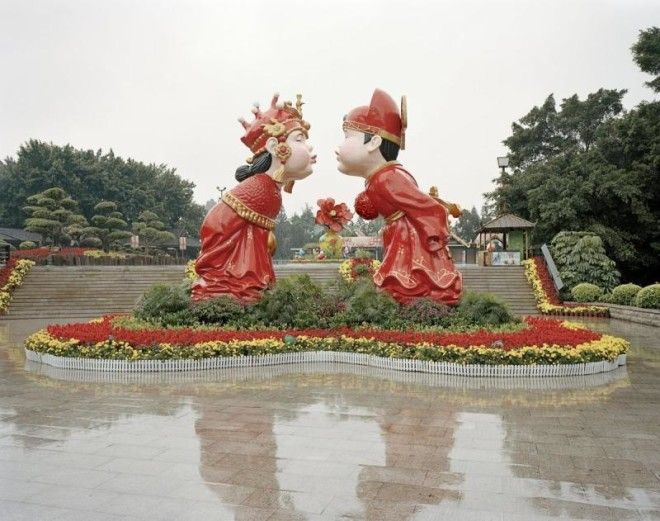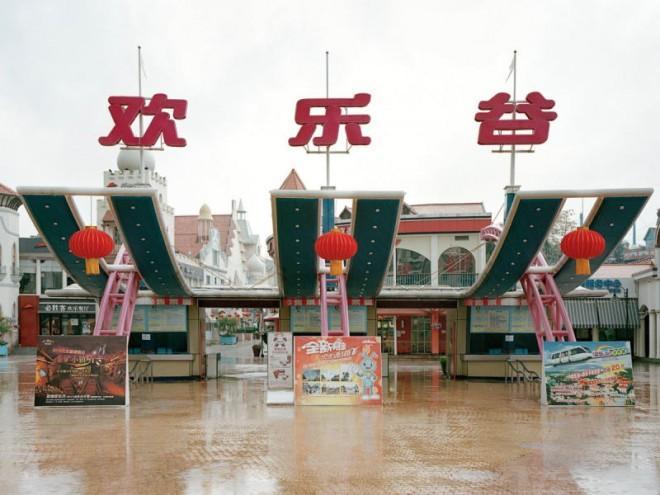Cerio was curious about what these parks had to offer, but not in the way most visitors are.
Fascinated by the idea of "absence," he headed to the highest populated country in the world to document these parks when they were completely empty.
His new book, "Chinese Fun," offers a rare and desolate look at various Chinese amusement parks.
The results are both creepy and serene. See for yourself below.
Five major themes recur in Cerio's work: representation, illusion, vision, expectations, and reality. Here, he questions whether rides, and the parks they reside in, are symbols of happiness, or merely an illusion.

Those five themes are explored through recreational areas generally visited by the public for holidays and vacations. What these spaces look like when they're completely empty allows us to see them in a new light — and to question their existence.
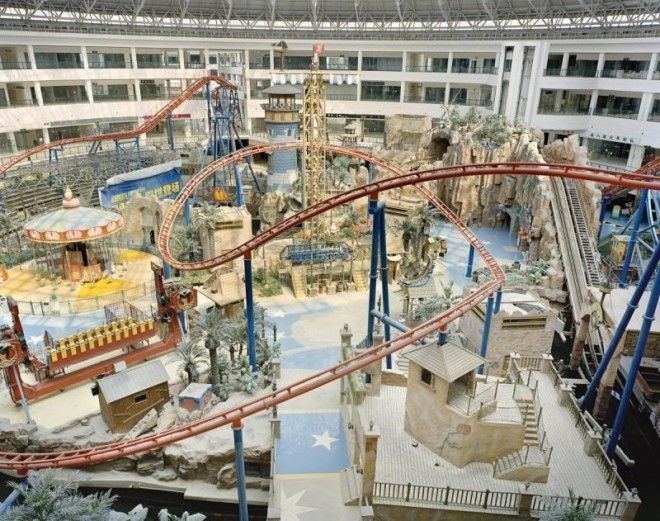
General images of amusement rides and carnival food stands usually trigger nostalgic, happy memories. But through Cerio's washed-out, muted color palette — and especially without people around — the spaces verge on depressing.
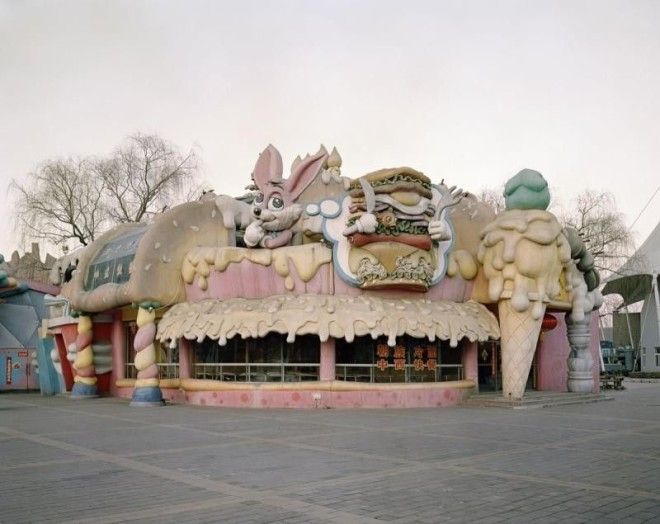
Cerio used the severe levels of pollution and consistent smog in the surrounding areas to create his own eerie dystopia through the diffused and gentle light of the gray skies.
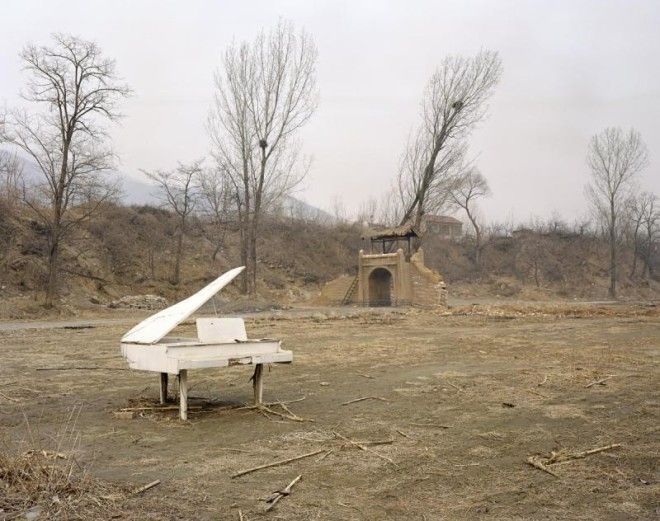
He took the pictures in cities across China, such as Hong Kong, Shanghai, Beijing, Qingdao, Shenzhen, Guangzhou, Macao, and Dongguan.
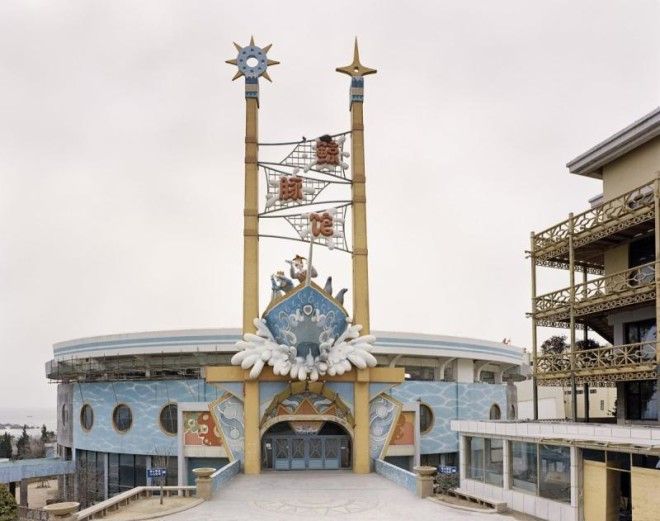
Although this strange series was shot in China, Cerio insists that the project is not social commentary on China's culture, or the country as a whole.

The series is actually about the concept of human amusement. We're meant to question our ideas of happiness, as well as the true nature of these structures. Cerio wants viewers to realize that happiness can be found in other, less obvious places — or simply within us, wanting and waiting to be found.
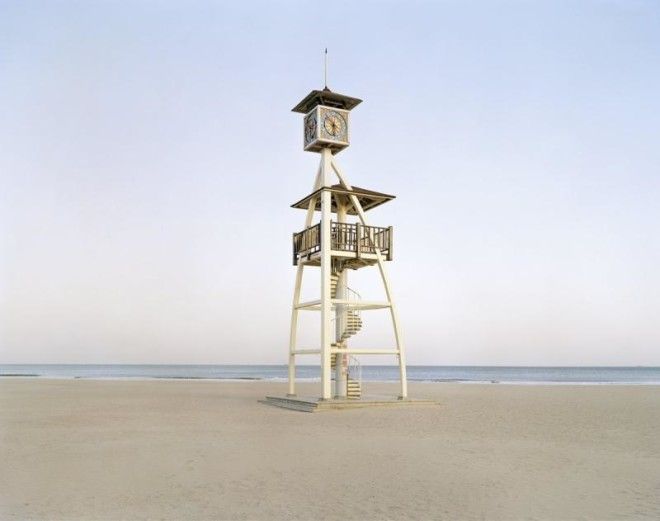
Here we have the rather mysterious cover image for Cerio's book. He doesn't explain why the giant fruit installation exists or how it came to be. That sense of wonder is part of his art.
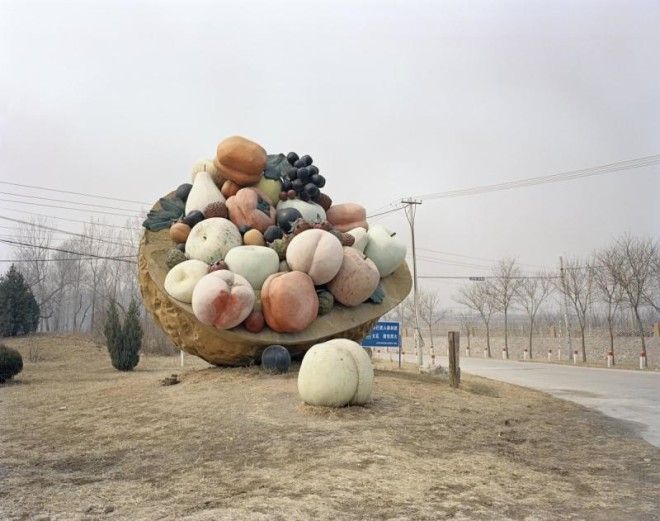
The feeling that Cerio coaxes with his images is purposefully "detached." He frames the structures to appear disconnected — from their environment and from the viewer. As the parks reopen and visitors flood in, the amusement parks become happy again. But Cerio asks, "Why don't they represent this to begin with?"
